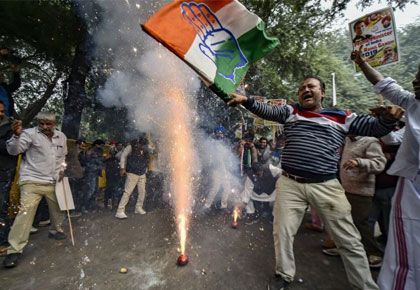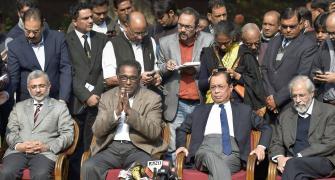If you looked back at 2018 and had to give it a name, the Year of Limitations might be the most accurate.
If you looked back at 2018 and had to give it a name, the Year of Limitations might be the most accurate.
The year exposed the limitations of many of the country's institutions.
Abhishek Waghmare looks at these 12 numbers.
Kindly click on the image below to view the description.
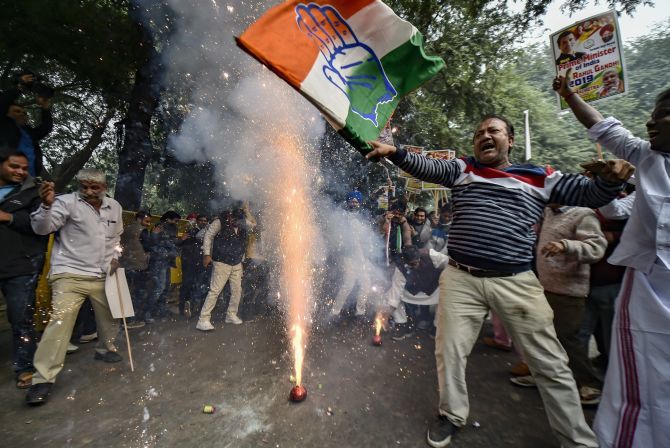
The BJP lost more than it gained in 2018.
Starting with a thumping victory in Uttar Pradesh in March 2017 and a scrape-through in Gujarat towards end-2017, it lost power to a Congress-led coalition in Karnataka in June, and lost another three states this month.
The Congress won in Madhya Pradesh, Rajasthan and Chhattisgarh, albeit by a narrow margin in the first two.
Still, it was the biggest political loss for the BJP since 2014.

If politics was changing colour at the surface, the economy was sending tremors from the core.
The price of Brent crude oil spiked in the April-June period and then in the second half, reached its peak at $86.29 on October 3.
The high price phase increased India's import bill so much that experts say the current account deficit will cross 2.8 per cent of GDP.
Though oil is now trending around $50/bbl, it did inflict some damage to the dollar-rupee exchange rate.

A week after the oil peak, the rupee touched its record low against the dollar at 74.39.
This was a result of India's non-oil, non-gold (NONG) imports also touching new highs in the middle of 2018.
The NONG trade deficit, which had contracted in April-June, grew by more than 25% to 30% year on year in July-September.
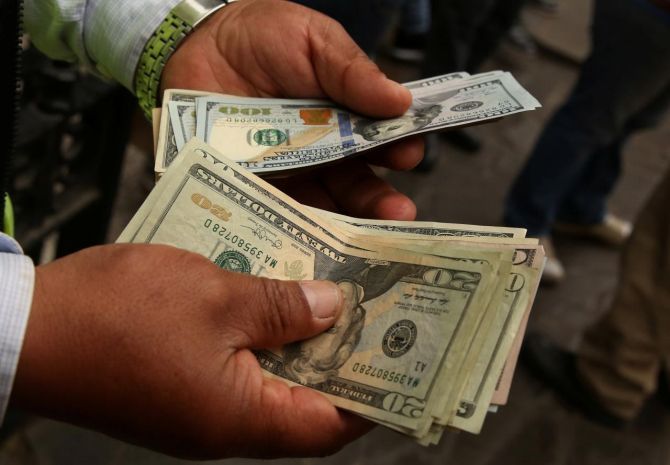
Rising oil and growing trade deficit shook the economy and shifted the global investor away from India.
Higher interest rates in the West aggravated it and foreign capital flew out of India, particularly in September and October.
Over 2018, the outflow of foreign portfolio investment was probably the highest this century at Rs 843 billion.
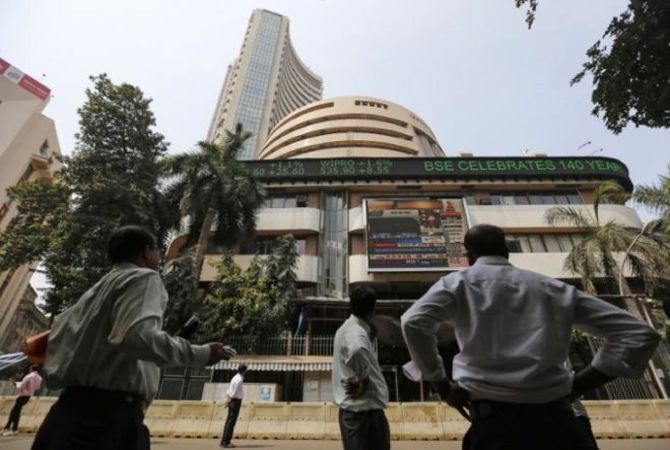
The oil rally and subsequent capital outflow shook the stock market.
After achieving an all-time high of 38,896 on August 28, the S&P BSE Sensex plunged 14 per cent in two months to reach 33,349 at the end of October.
This was the second plunge of 2018: The first one was after the Union Budget when it fell 10% over two months from February 1 to the end of March.

While the macro-economic situation was going through rough patches, the business of domestic banks was touching a nadir.
For the first time (and perhaps the last), their bad loans (gross non-performing assets or GNPAs) crossed Rs 10 trillion to become 11.6% of the lent amount at the end of March.
The higher the bad loans, the bigger the provisioning that eats into the profits.
As a result, the commercial losses of banks peaked.

Andhra Pradesh and Telangana were the first states to announce farm loan waivers when they faced the polls as seperate stats for the first time in 2014.
Counting these two, the total amount promised by 10 states crossed Rs 2 trillion, including waivers given by the newly elected Congress governments in Madhya Pradesh, Rajasthan and Chhattisgarh.
In comparison, the loan waiver by the erstwhile UPA government in 2008-2012 cost the exchequer less than Rs 700 billion.
Many experts say loan waivers will not suffice to alleviate the farm crisis.

In a first, the Employees Provident Fund Organisation (EPFO) started publishing the net addition to their payroll in February.
As many as 7.9 million people effectively subscribed to EPFO in 13 months from September 2017 to September 2018, suggesting that roughly about this number of jobs were generated.
But as more than 90% of these additions were due to a government incentive scheme, it has raised serious questions about whether the data is representative of job creation.
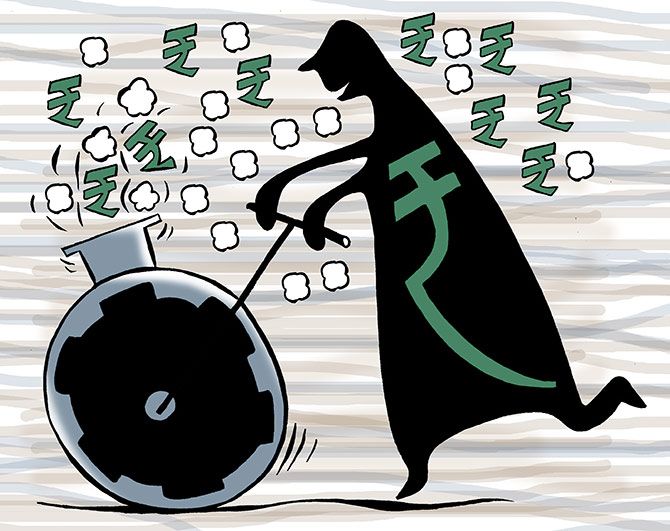
While job creation is an outcome of a healthy economy, an efficient tax system is one of its foundations.
GST, though implemented in 2017, came to full bloom only in 2018.
According to calculations, the government -- the Centre and states -- expected at least Rs 1 trillion of GST revenue per month.
Barring two months, April and October, all other months fell short.
The Rs 1 trillion mark became one of the most discussed numbers of 2018.
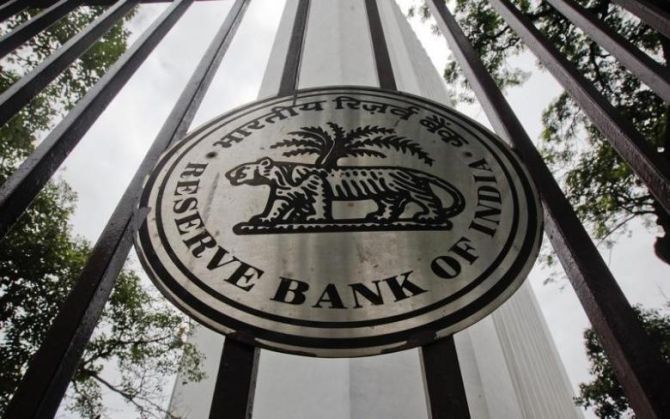
Facing a revenue shortfall from GST with some token overshoots from customs collections and direct taxes, the recent RBI-government spat took a twist when the economic affairs secretary in the finance ministry sounded the intention to fix the capital framework of the central bank.
The value of the RBI's economic capital of Rs 9.24 trillion became the buzz-number during the debate.
As of now, North Block continues to maintain that it does not want to touch the RBI's capital.

What happened on May 9 was a landmark. Global retail giant Walmart bought a 77% stake in India's homegrown retailer Flipkart for $16 billion, the biggest acquisition India has ever witnessed.
One of the co-founders, Sachin Bansal, exited the company during the deal. The online marketplace's avatar has remained more or less the same, but the startup culture might have got a dash of global corporate governance.
As for consumers, discounts continue to rain down on them.
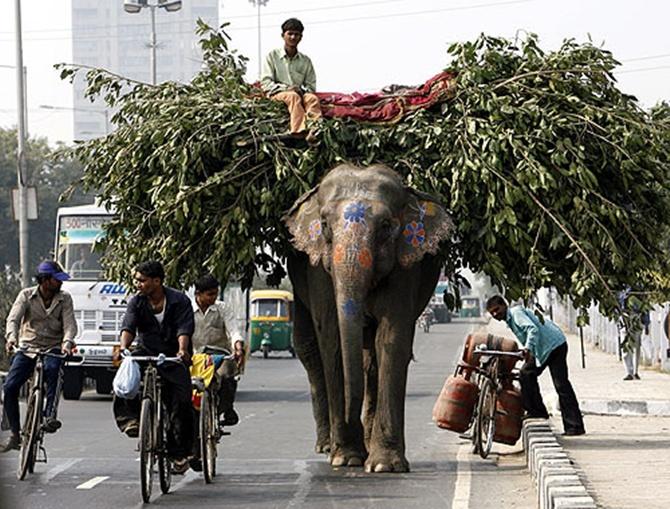
The big daddy of all numbers -- GDP.
While a government-appointed committee elevated the growth rates in the UPA era to above 10 per cent for two years, a second figure given by the Central Statistics Office downgraded it by about 2 percentage points for 2010-2011, the year when growth under the UPA had peaked from 10.3% in the old series to 8.5% in the new series.
This, along with the payroll data, created the biggest data storms of 2018.
